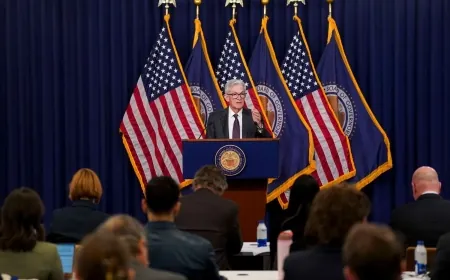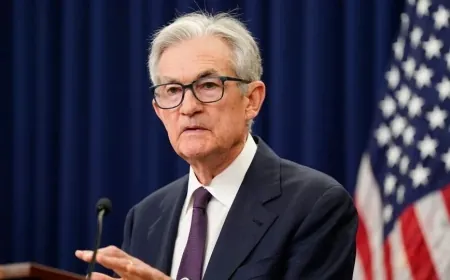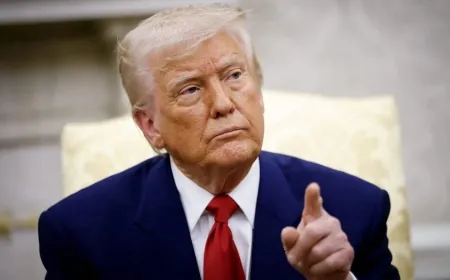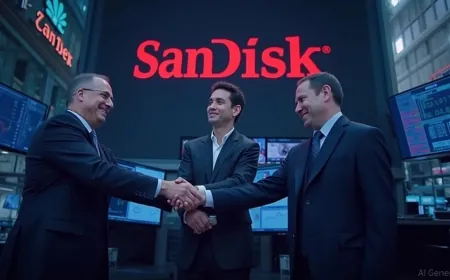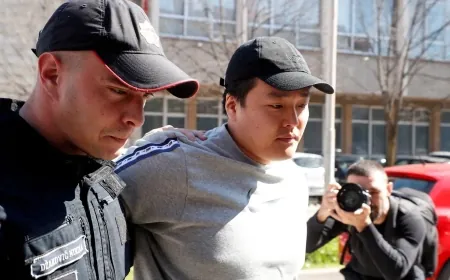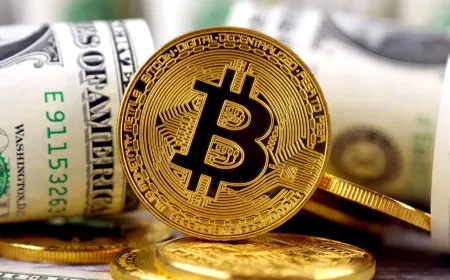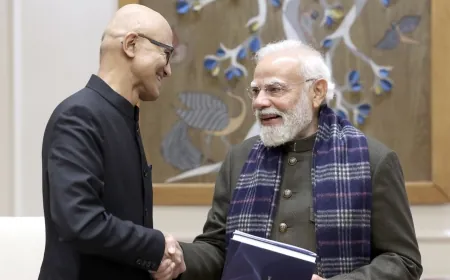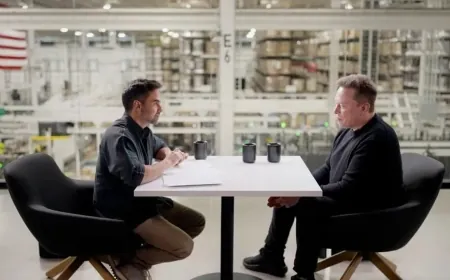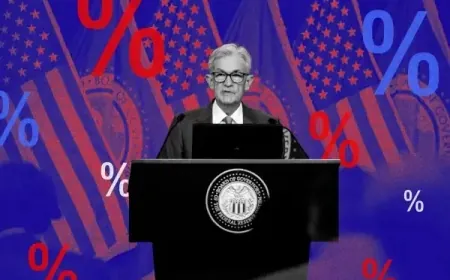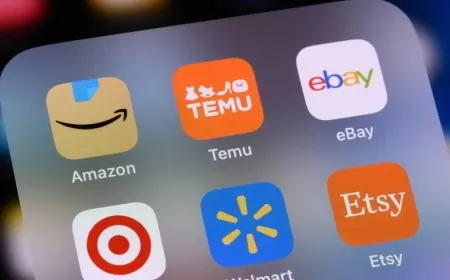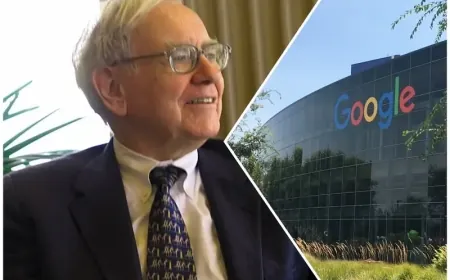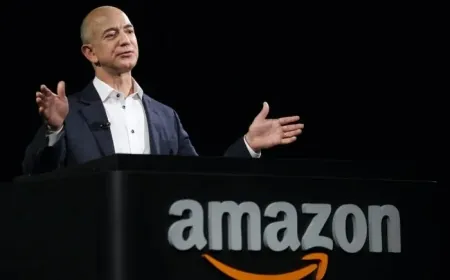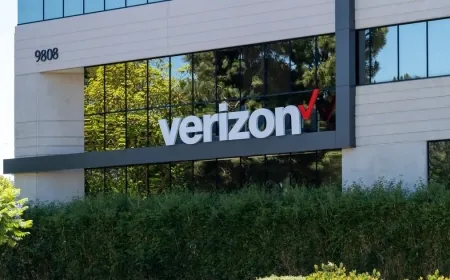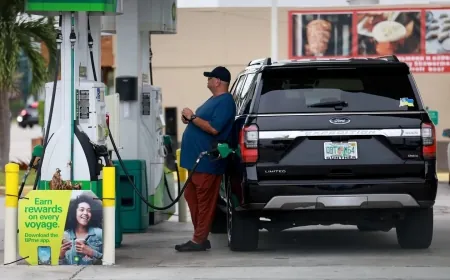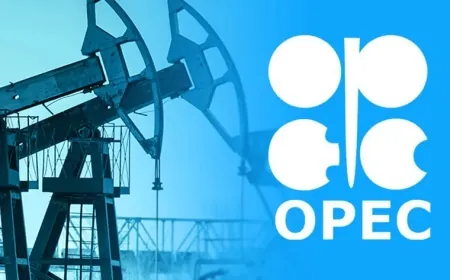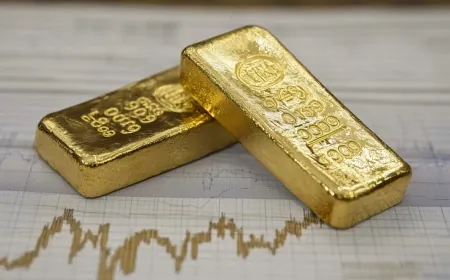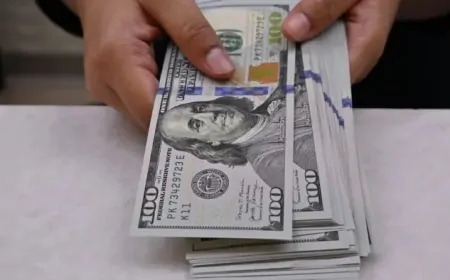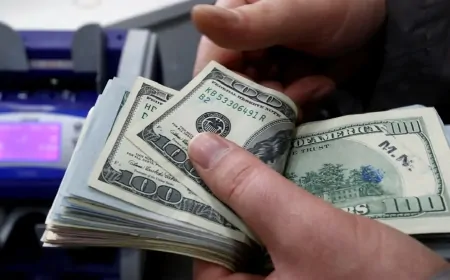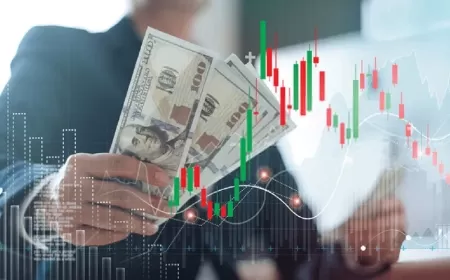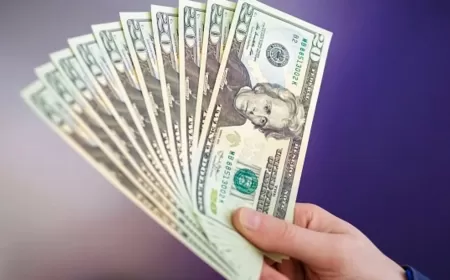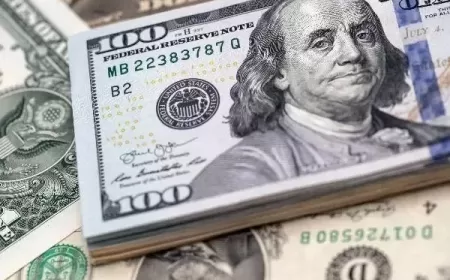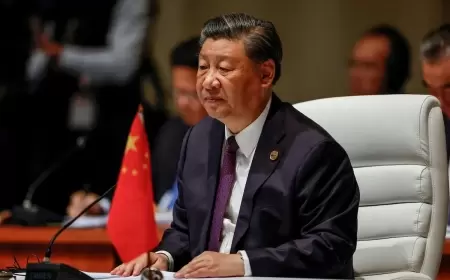JD Vance: U.S. Has the Upper Hand in Trade Tensions with China
Vice President JD Vance says the U.S. holds leverage as China schedules export limits on rare earths and Trump sets 100% tariffs on select Chinese imports.

Vice President JD Vance said the United States holds a stronger position in its ongoing trade dispute with China, calling on Beijing to adopt a “reasonable approach” to avoid further economic turmoil.
Speaking on Fox News, Vance explained that the outcome of the standoff largely depends on China’s response. “If they take an aggressive stance, the U.S. has far more cards to play,” he said. “But if they act responsibly, the U.S. will respond in kind.”
The remarks come after President Donald Trump announced that 100% tariffs would take effect on certain Chinese imports starting November 1, alongside potential restrictions on U.S. software exports and aircraft parts shipments. Trump also indicated that negotiations with Chinese President Xi Jinping are planned for the same month.
The announcement sparked immediate volatility in global markets. Stocks, oil, and cryptocurrencies all saw declines as investors reacted to the heightened uncertainty. U.S. Trade Representative Jamieson Greer called the market’s nervousness “a normal reaction” but noted that the new measures are not yet in force and that stability may return once details become clearer.
China’s Ministry of Commerce responded by urging the U.S. to refrain from threats of additional tariffs and emphasized the importance of ongoing negotiations to resolve trade issues. Many of Beijing’s recent export controls, including rare earth minerals, are scheduled to take effect in November or may be implemented selectively.
Vance, who said he spoke with Trump over the weekend, acknowledged the personal rapport the president has developed with Xi but stressed that America maintains significant leverage. “Our hope is that we won’t need to exercise that leverage,” Vance added. “But the relationship is at risk if China restricts access to globally important goods.”
Greer also clarified that China’s export controls are not absolute bans, suggesting that Beijing may be recalibrating its approach. The two nations previously escalated tariffs to historically high levels earlier this year, before scaling back to current levels — 10% Chinese tariffs on U.S. goods and a combined 30% U.S. tariff on imports from China, in addition to preexisting levies.
Vance concluded by urging China to choose a diplomatic path. “In the weeks ahead, we’ll see whether China wants a trade confrontation or a reasonable resolution,” he said. “I hope they opt for the latter.”
Also Read: Trump Threatens Massive China Tariffs, Doubts Meeting with Xi

